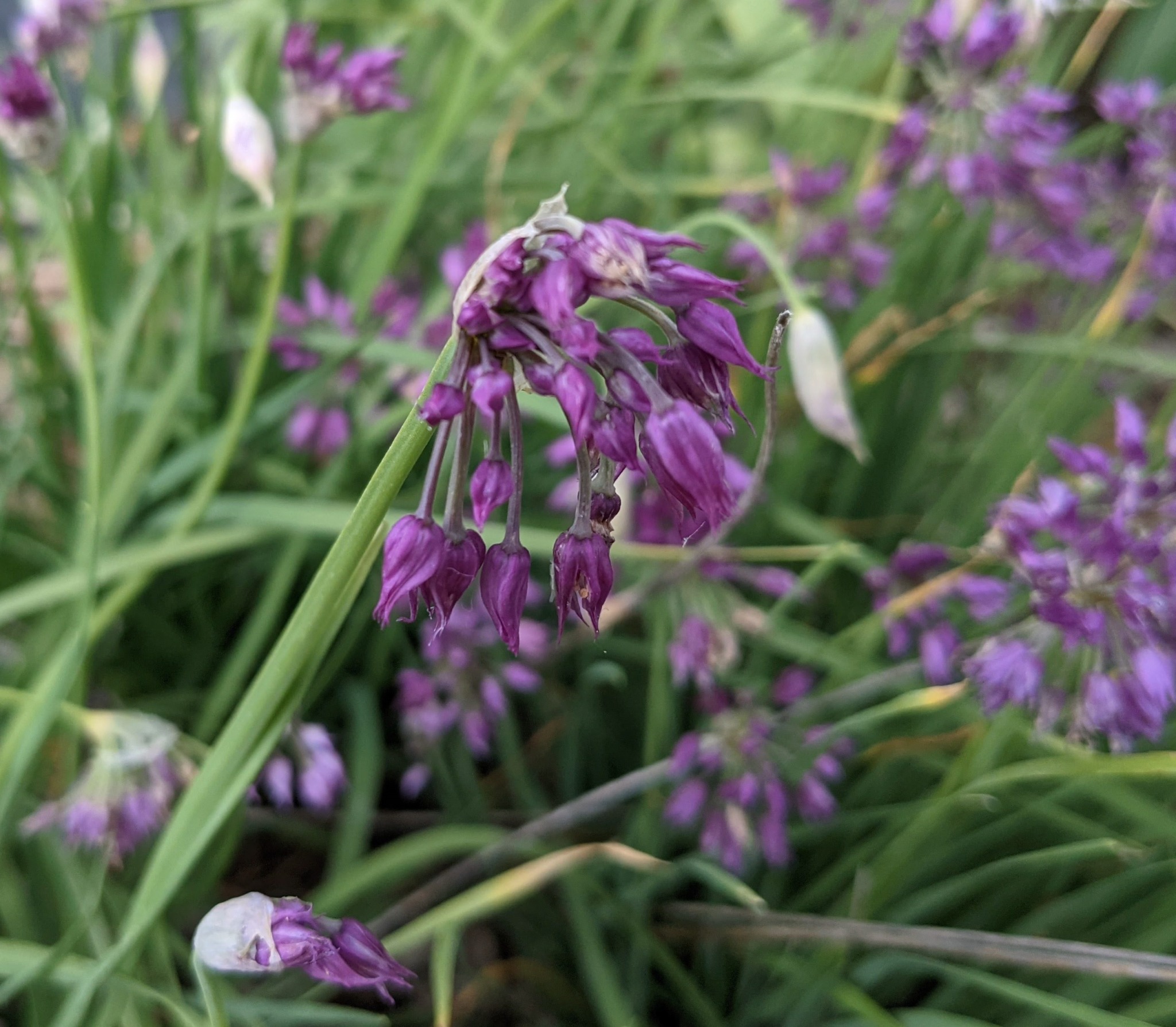Description
Clusters of nodding deep purple tubes flowering in late spring to early summer
Clusters of nodding deep purple tubes flowering in late spring to early summer
Clusters of nodding deep purple tubes flowering in late spring to early summer
Soft, majestic purple-magenta thistles on prickly silver foliage and stems.
Can not ship to: Arizona, Arkansas, Colorado, Connecticut, Idaho, Missouri, Nebraska, Nevada, New Mexico, North Dakota, Oklahoma, Oregon, South Dakota, Texas, Utah, Washington and Wyoming.
Size: 4-6’ x 2”
Care: full sun in moist, well-drained soil
Native: Europe and western Asia
Wildlife Value: Bees, butterflies and birds
Identified by Dioscorides in De Materia Medica for medicinal use around 70 A.D. Chosen as the symbol of Scotland by King James V. According to legend the Scotch thistle helped Scotland fend off a night-time Viking invasion by preventing a sneak attack. It caused the Vikings to scream in pain waking the Scots. Introduced to American gardens in late 1800’s.
Violet racemes all summer through fall
Size: 36” x 12”
Care: Sun, well-drained soil
Native: Southern Europe
Both the Latin and common names are related to flax. Linaria comes from “linum” which is Greek for “flax” and toadflax includes the word “flax.” The leaves of Linaria purpurea resemble flax leaves. According to 17th century English herbalist, John Parkinson, the plant “causes one to make water.” Grown by English plantsman and explorer, Tradescant the Elder, 1634.
OUT OF STOCK
Wine-red petals of bell-shape with yellow centers flowers in early spring. Fun, furry foliage and Medusa-like seed heads.
Size: 12-20” x 4-8”
Care: sun in well-drained to moist well-drained soil
Native: Europe
Wildlife Value: Deer resistant, early pollen source for bees.
Called Pasqueflower because it blooms at Easter time. Variety rubra considered a separate species, not a variety, by Caspar Bauhin in Theatri botanici, 1671. Illustrated in Gerard’s Herball, 1636.
OUT OF STOCK
Bushy plants bear showy, red-purple pea-like blooms age to rich purple in March-June. Ephemeral, dying back in August when you can cut it back. Spring gem.
Size: 12” x 12”
Care: sun in north to shade in south, moist well-drained soil. Drought tolerant once established
Native: No. Europe - Siberia
Awards: Royal Horticultural Society Award of Garden Merit, Elisabeth Carey Miller Botanical Garden Great Plant Picks
Introduced to gardens before 1629. Parkinson called it “Blew Everlasting Pease.”

